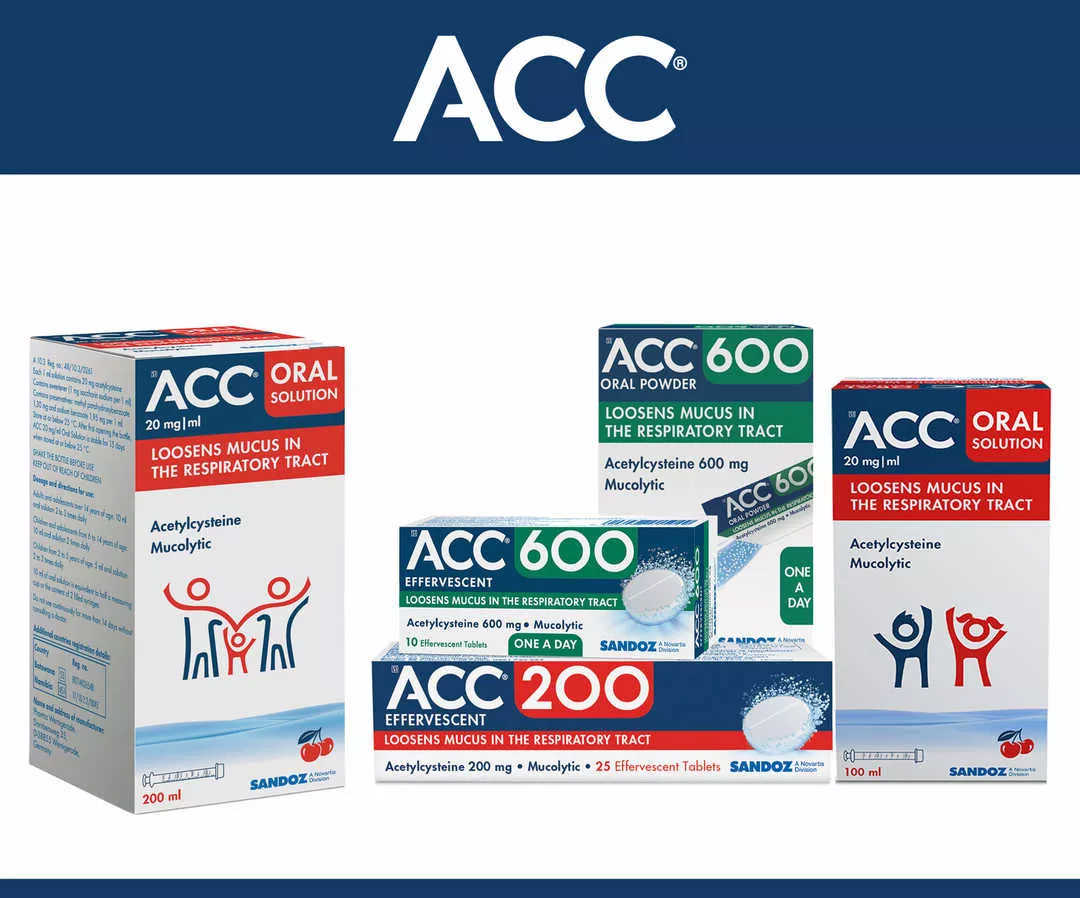ALLERGIES, INFLAMMATION AND CONGESTIONAn allergy is a reaction to a foreign substance like pollen interacting with your immune system (we call the foreign substance an allergen).1 This reaction causes inflammation (swelling) in your nasal passages and/or sinuses, restricting airflow and making them feel blocked.2
Untreated allergies can cause a sinus infection to develop.3 An infection will make your sinuses and nasal passages feel even more plugged up, as your respiratory tract produces thick excess mucus.2-4 |
Allergies vs infections
Both allergies and sinus infections can cause inflammation in your nasal passages, giving you a stuffy nose and a sore head.4 However, they are two different conditions.4 As we've mentioned, one of these conditions (allergies) can lead to the other (sinus infection).3
| Did you know? Different allergies and their symptoms may be more common depending on the season.5,6 • For example, pollen allergies are more likely to be a problem in spring.6 We call these seasonal allergies.6 • However, allergies to substances that are always in the air, like pet dander or dust mites, can bother you at any time of the year.6 We call these perennial allergies.6 |
|---|
So how do you tell the difference between an allergy and a sinus infection? Here’s a helpful comparison of the most common symptoms:4

| Did you know? Having an allergy, like hay fever, can increase your risk of getting a sinus infection.1 It’s possible to have both conditions at the same time.4 |
|---|
Find out more about sinus infections.
Treating mucus congestionIf you have an untreated allergy that turns into a sinus infection, there are medications available that can help reduce the mucus congestion in your sinuses.7 For example, a mucolytic medication can help to thin out the mucus in your nasal passages, making it easier to blow it out and unblock your nose.7,8 This helps to relieve pressure and congestion in your nose and sinuses.7,8 |

ACC® relieves mucus congestion in the airways1-3

| References |
|---|
|
| Sidebar References |
|---|
|
[S1] ACC® 20 mg/ml Oral Solution. Reg. No.: 48/10.3/0261. Composition: Each 1 ml of ACC 20 mg/ml ORAL SOLUTION contains 20 mg acetylcysteine. ATC Code: R05C B01.
[S1] ACC® 200 (effervescent tablets). Reg. No.: 29/10.2.2/0753. Composition: Each ACC 200 effervescent tablet contains: 200 mg acetylcysteine. Pharmacological Classification: A10.3 Medicines acting on the respiratory system – other.
[S1] ACC® 600 (effervescent tablets). Reg. No.: 45/10.3/0229. Composition: Each effervescent tablet contains 600 mg acetylcysteine. [S1] ACC® 600 ORAL POWDER. Reg. No.: 51/10.3/0816. Composition: Each sachet contains 600 mg of acetylcysteine. ATC Code: R05CB01.
For full prescribing information refer to the Sandoz Professional Information approved by the South African Health Products Regulatory Authority (SAHPRA).
Contact Us
Sandoz SA (Pty) Ltd, Reg. No. 1990/001979/07,
Magwa Crescent West,
Waterfall City,
Jukskei View,
Midrand,
2090.
Tel: +27 (11) 347 6600.
SANCAL Customer Call Centre: 0861 726 225.
Reporting of AEs:
https://pvi1j.solutions.iqvia.com or [email protected]